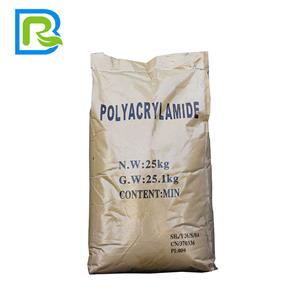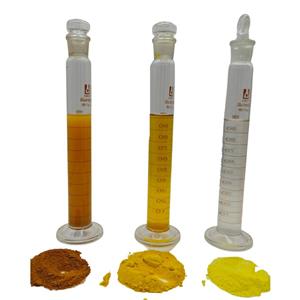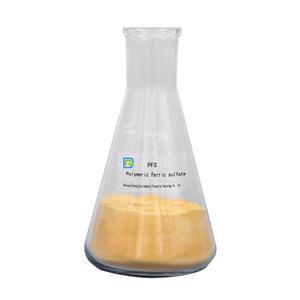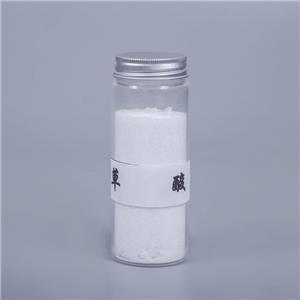Application of Polyaluminum Chloride in Coal Mine Water Treatment

Ⅰ、Coal Mining Industry and Water Resources
1. Mining underground coal often encounters water layers, which are usually pumped out from the bottom of the well and directly discharged. These underground mine waters have significant harmful effects on land and surface plants. If mine water is discharged directly into farmland without treatment, it can lead to reduced crop yields or even death. If it infiltrates into groundwater, it can cause pollution to drinking water, directly threatening human health. Additionally, it results in wastage of water resources.
2. Coal washing wastewater consists of coal and water, with properties including coal slurry concentration, viscosity, ash content, chemical properties, and coal slurry particle size. The particle size composition of coal slurry largely determines the difficulty of the sedimentation process. As the particle size becomes finer and the content of fine particles increases, it intensifies Brownian motion of particles, increases the viscosity of coal slurry, and results in significant repulsive forces between surface charges of particles, giving coal slurry certain colloidal properties, making it difficult to naturally clarify. The main characteristics of coal slurry are high concentration, fine particle size, high ash content, and most particles carrying negative charges, causing them to remain dispersed in water. They are not only affected by gravity. The discharge of mine wastewater and coal washing wastewater has caused severe disasters to the environment and humans, and must be highly valued.
The treatment of mine water requires the addition of polyaluminum chloride (PAC) for coagulation and precipitation. In order to fully recover coal resources, improve coal quality, and reduce environmental pollution from coal mine wastewater, coal washing facilities are equipped with coal washing devices. During the coal washing process, PAC is primarily used as a coal washing aid, which aims to improve coal washing efficiency, deeply purify water quality, and recover coal resources.
PAC is an efficient flocculant, which has a high degree of electrical neutralization and bridging action on colloids and particles in water, and can strongly remove trace toxic substances, color, and heavy metal ions. It can be widely used in various sewage treatments. It is a high-molecular flocculant with good flocculation performance, and its mechanism of action in the field of sewage treatment is adsorption. Adding PAC to treat mine water and coal washing water can quickly flocculate coal ash and impurities in the water, allowing clear water to flow into the next process or be discharged or recycled.
Ⅱ、The Process Flow of Poly Aluminum Chloride in Coal Mine Water Treatment
1. Solid PAC is dissolved according to a concentration of 5%;
2. The dissolution concentration depends on the site conditions. If the dissolution device on-site is large, the dissolution concentration of PAC can be appropriately reduced to within the range of 1% to 5%; if the dissolution device on-site is small and the daily water treatment volume is large, the dissolution concentration of PAC can be increased to within the range of 5% to 10%;
3. When half of the PAC is used up, fresh water should be added, and solid PAC should be added again while dissolving and using at the same time;
4. The dissolution of PAC must use clean water with a pH value within the range of 6 to 8;
5. The dissolution time of PAC is very short. Under low concentration conditions, stirring for 3 to 5 minutes is sufficient for complete dissolution;
6. After PAC is dissolved, open the dosing valve and adjust the dosage of PAC according to the water volume and quality of the coal washing plant;
7. The dosing port of PAC must be placed in front of polyacrylamide (PAM), and there should be sufficient distance between the two kinds of agents to ensure that the coal washing water reacts with the PAC solution first before reacting with the PAM agent;
8. The purpose of allowing coal washing water to react with PAC first is to adjust the pH value of the water to 6-9 range, which is more suitable for the reaction of PAM. At the same time, PAC can initially aid coagulation, coagulating coal particles in the water into small flocs. After adding PAM later, precipitation can quickly form.
Ⅲ、Precautions
1. Control the dosage of PAC. Add an appropriate amount of polyaluminum chloride solution according to the actual situation of coal slurry to avoid waste.
2. Maintain stirring. After adding PAC solution, continuous stirring is required for a period of time to ensure sufficient mixing of the flocculant and coal slurry.
3. Regularly check the water quality. During the treatment of coal slurry, it is necessary to regularly check the water quality and observe the flocculation effect. If necessary, adjust the dosage of PAC and other parameters.
Ⅳ、Summary
The application of PAC in coal mine wastewater treatment relies on the bridging action of hydroxyl ions, which can strongly adsorb impurities in water and is suitable for the treatment of various sewage. It has the characteristics of high effective ingredient content, low dosage (about 5-20 kg per thousand tons), easy storage and transportation; it can remove heavy metals and radioactive substances from water pollution; it has a wide pH range adaptability, strong adaptability; it does not require alkaline additives; it forms flocs quickly, has good activity, and has a wide range of applications.




